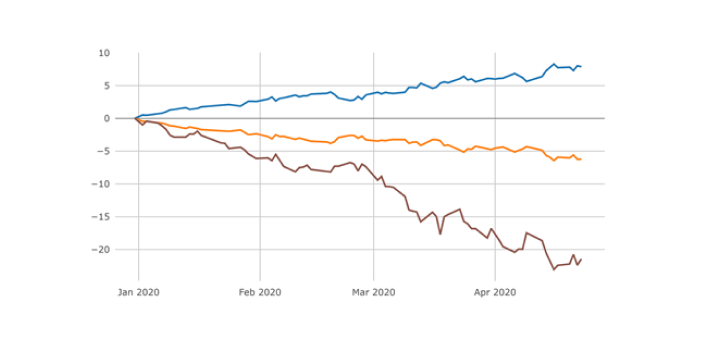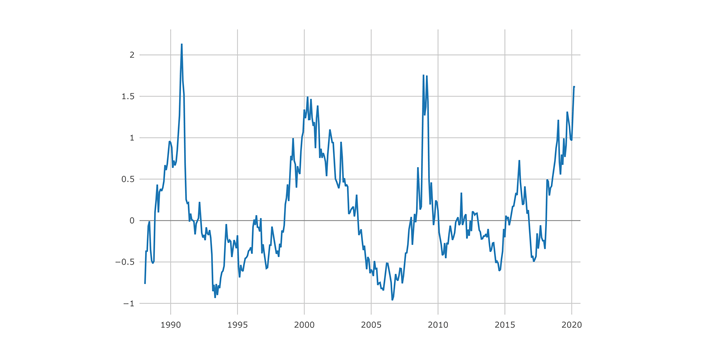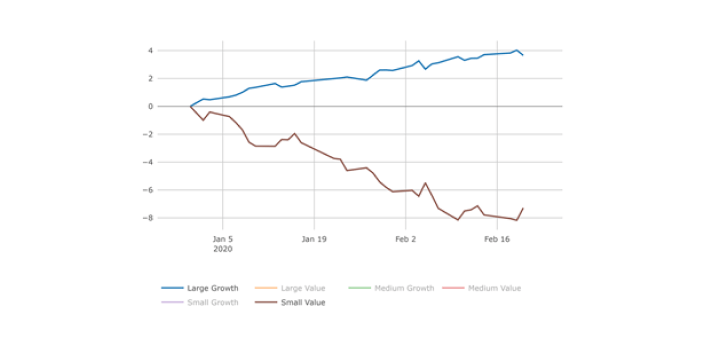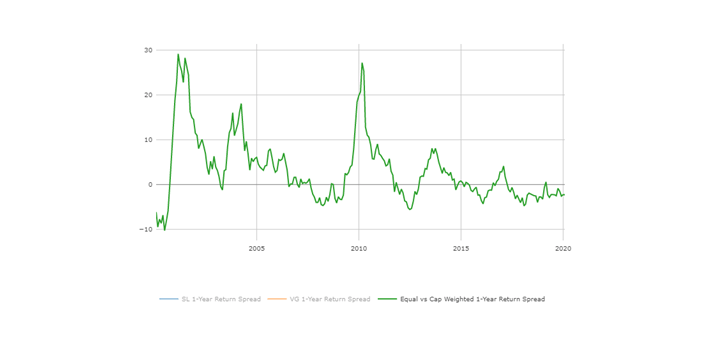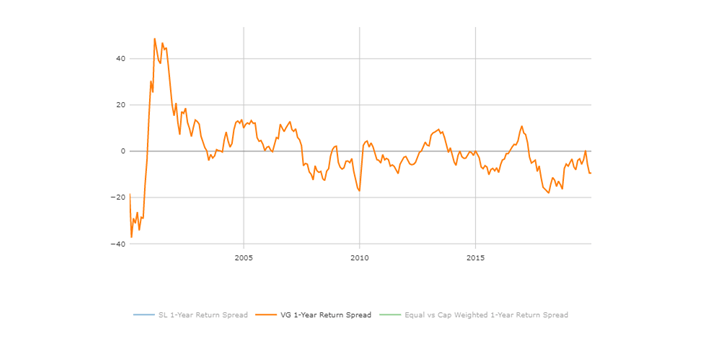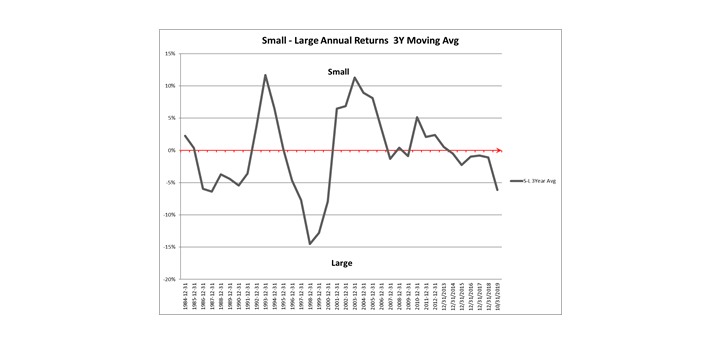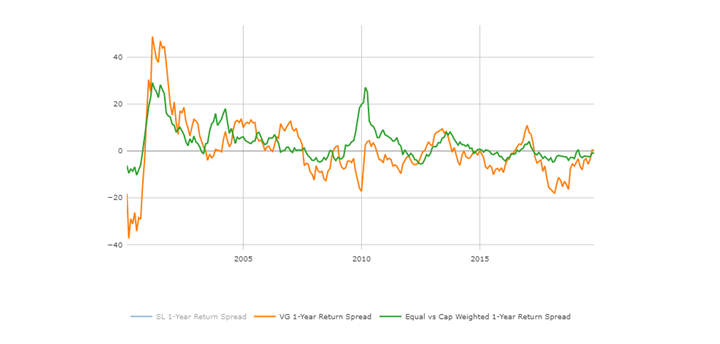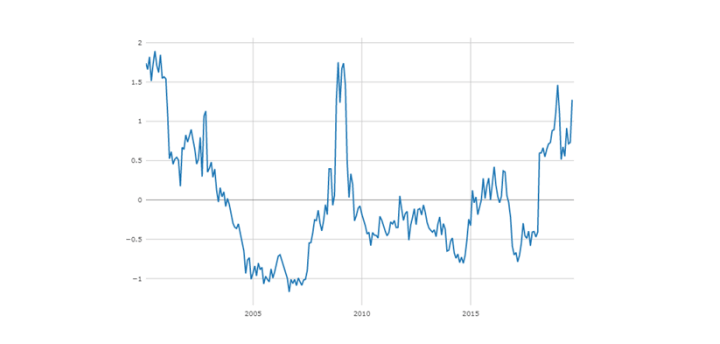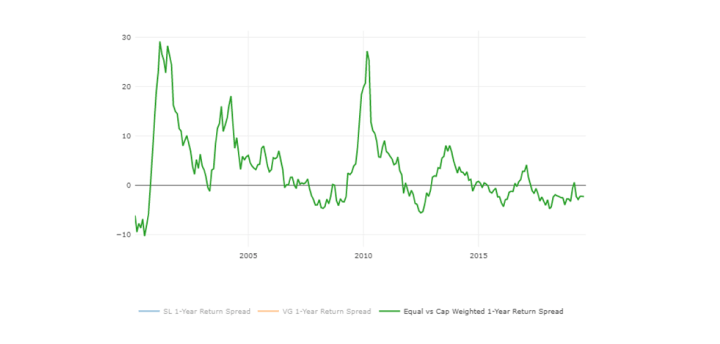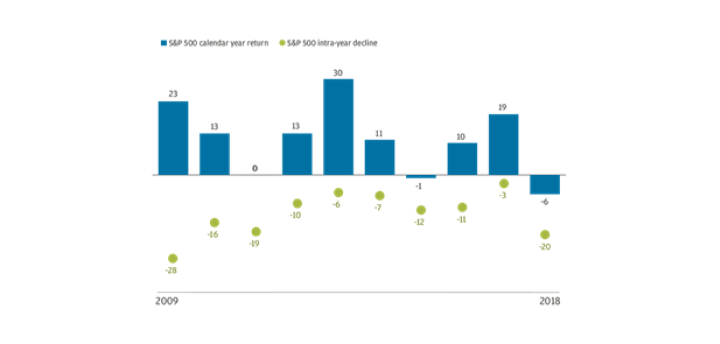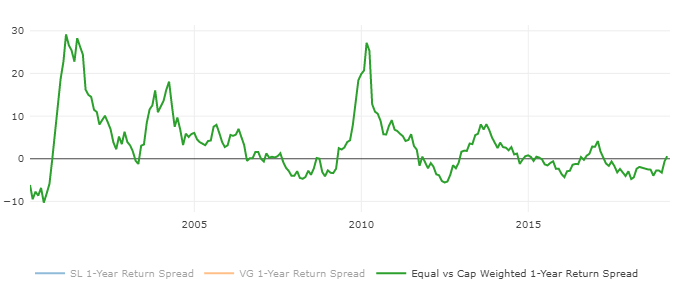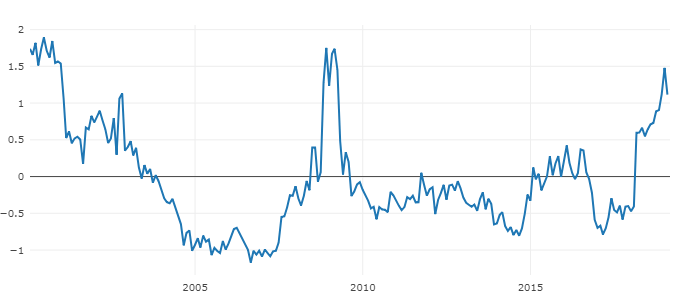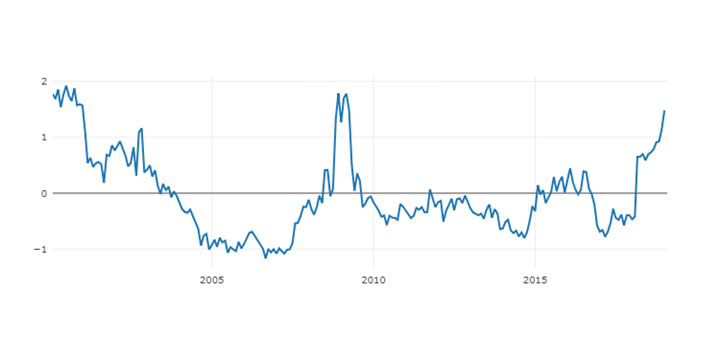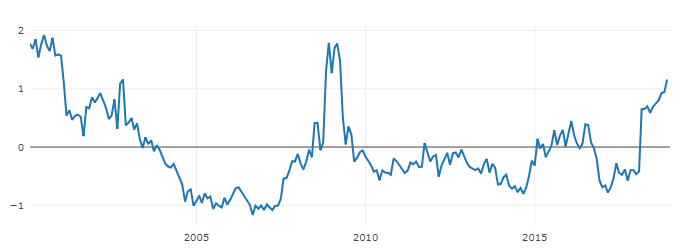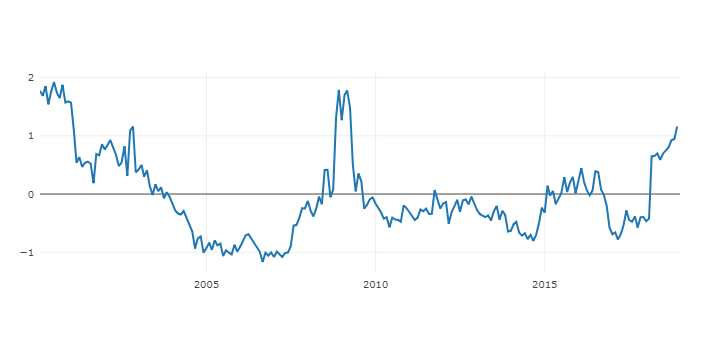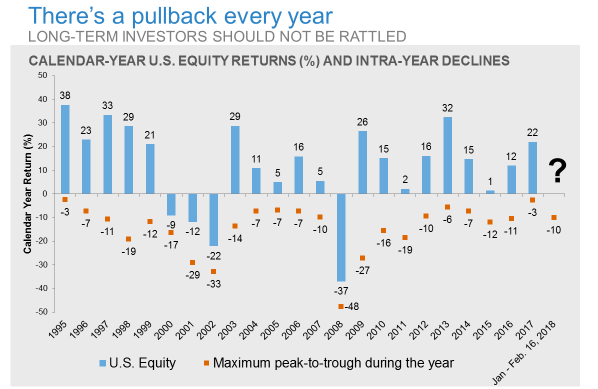US Economics
The US economy has been a bit inconsistent lately. On one hand, we saw strong job growth, extremely low unemployment, high consumer confidence, and encouraging housing starts. On the other hand, we were unpleasantly surprised by declines in retail sales, industrial production, and factory utilization. Still, growth in incomes, accommodative financial conditions, and improvements in housing should be supportive in the second half of this year. It is becoming obvious that deteriorating trade relations with China will negatively influence the economic pace. The question is just how severe that impact will be. For now, we still believe a truce could be achieved, but should hard feelings prevail, business investment would shrink, industrial production would falter, retail sales would slow, and the jobless rate would rise. Nevertheless, we think the expansion can last into the next decade. Signet’s proprietary Macro Forecast doesn’t indicate a recession at least through the first half of 2020. Value Line’s forecast holds that the economy will press ahead by about 2% next year. Overall, we think our economy is healthy with low unemployment and low inflation.
Global Economics
Global GDP reports for 1Q19 demonstrated topline growth was stronger than anticipated with the US, Japan, and China exceeding expectations at the end of the quarter. Indeed, all three expanded above their potential. According to JP Morgan, combined with a bounce back in the Euro area, global GDP now looks to have grown a strong 3% year over year last quarter, 0.3% above its potential. For a quarter that was plagued by the US China trade war, political unrest roiling Europe, the longest government shutdown in US history, and a sharp pullback in equity prices around the turn of the year, the strong GDP gain is striking. However, most of the available data for April was soft. This includes weak production index readings from US and China and disappointing capital goods export data. We think it is a pause rather than a newly developing trend and strong job growth, healthy personal and corporate balance sheets, and constructive fiscal and monetary policies will be supportive to the global economy.
Value vs. Growth vs. Safety
Growth continues to dominating Value in the current cycle. The only exceptions we saw in 2009, 2013 and 2016 – see the chart below. According to JP Morgan the key for Value to have a chance to perform is the potential for a tactical move up in bond yields and in PMIs (Purchasing Managers Index). Looking at the past 5 episodes when PMIs moved higher, Value style has outperformed Growth each time. Value also tends to do better when the yield curve is steepening and when bond yields are moving up. Fundamentally, JP Morgan thinks another inflection point is upon us and PMIs are likely to improve in the second half of 2019. The bottoming of PMIs could in turn stabilize bond yields and steepen the yield curve. Earnings of Value style are not deteriorating any more vs Growth and a gap has opened up recently between earnings and performance.
According to Signet’s proprietary top down and bottom up analysis – we see promising Value in Financials, Communications, Industrials, IT and Real Estate. It has been an upside-down market where Value is found in traditionally cyclical sectors while defensive sectors like Utilities and Consumer Staples seem expensive. Utilities recently hit all-time highs – and that’s with pretty dismal sales and earnings growth projections. The market is obviously jittery in front of the unknown, which the trade dispute brings to the table. Should we receive any clarity on the direction of a trade deal or no deal for that matter, the markets should stabilize. At the moment the consensus is that a no-deal scenario is priced in already. The magnitude of tariffs is what’s unknown.
Signet Financial Management: Value minus Growth trailing 12 months return differential
Corporate Earnings and Stock Market
With more than 90% of the S&P 500 companies reporting results for the first quarter, 76% posted positive earnings surprises. This is above the five-year average of 72%. In terms of revenue, 59% posted positive surprises according to Value Line Analysts look for more pleasing performance this period, followed by a modest gain in the third quarter, and a solid rise in the final three months of this year.
Changes to Signet’s Equity Portfolios
We recently have made changes to our stock portfolios, increasing Financials, Industrials and Information Technology allocations. We seek a neutral sector posture, since we believe we can go either way from the style (Value/Growth) at the moment. We emphasize Medium Cap at the moment as a nice balance between Large and Small Caps. Large Caps have been dominating for the last couple of years. This year shows potential for Mid Cap leadership, in our opinion. We still believe fundamentals will prevail in the long-run, and that’s why we continue to seek opportunities to upgrade our portfolios with fundamentally solid companies. Stay tuned for the webcast which will be available in the coming weeks.
The information and opinions included in this document are for background purposes only, are not intended to be full or complete, and should not be viewed as an indication of future results. The information sources used in this letter are: WSJ.com, Jeremy Siegel, PhD (Jeremysiegel.com), Goldman Sachs, JP Morgan, Empirical Research Partners, Value Line, Ned Davis Research, Citi research and Nuveen.
IMPORTANT DISCLOSURE:
Past performance may not be indicative of future results.
Different types of investments and investment strategies involve varying degrees of risk, and there can be no assurance that their future performance will be profitable, equal any corresponding indicated historical performance level(s), be suitable for your portfolio or individual situation, or prove successful.
The statements made in this newsletter are, to the best of our ability and knowledge, accurate as of the date they were originally made. But due to various factors, including changing market conditions and/or applicable laws, the content may in the future no longer be reflective of current opinions or positions.
Any forward-looking statements, information and opinions including descriptions of anticipated market changes and expectations of future activity contained in this newsletter are based upon reasonable estimates and assumptions. However, they are inherently uncertain and actual events or results may differ materially from those reflected in the newsletter.
Nothing in this newsletter serves as the receipt of, or as a substitute for, personalized investment advice. Please remember to contact Signet Financial Management, LLC, if there are any changes in your personal or financial situation or investment objectives for the purpose of reviewing our previous recommendations and/or services. No portion of the newsletter content should be construed as legal, tax, or accounting advice.
A copy of Signet Financial Management, LLC’s current written disclosure statements discussing our advisory services, fees, investment advisory personnel and operations are available upon request.

















































